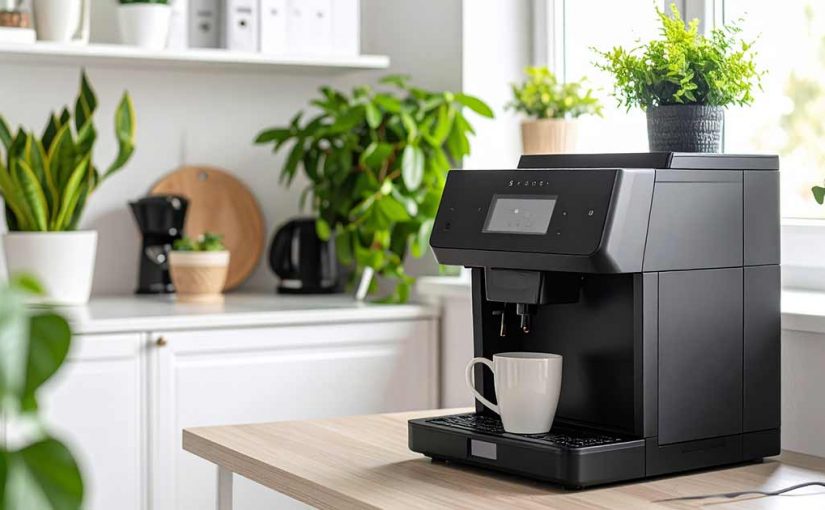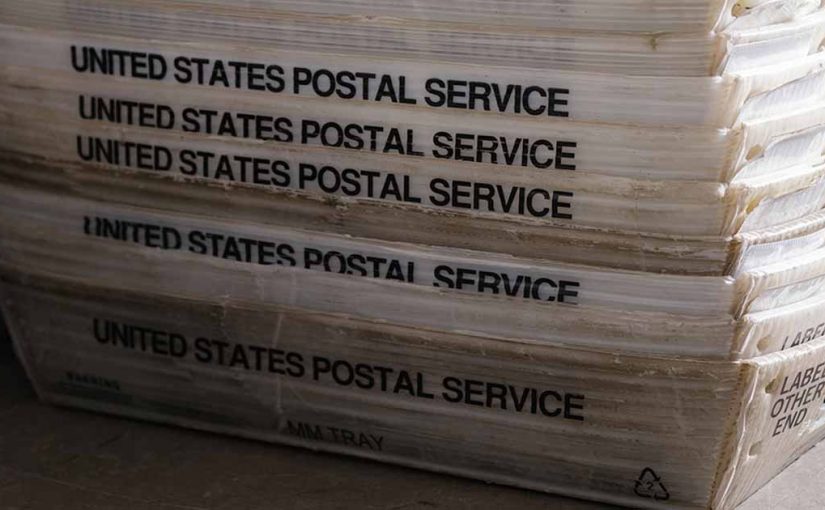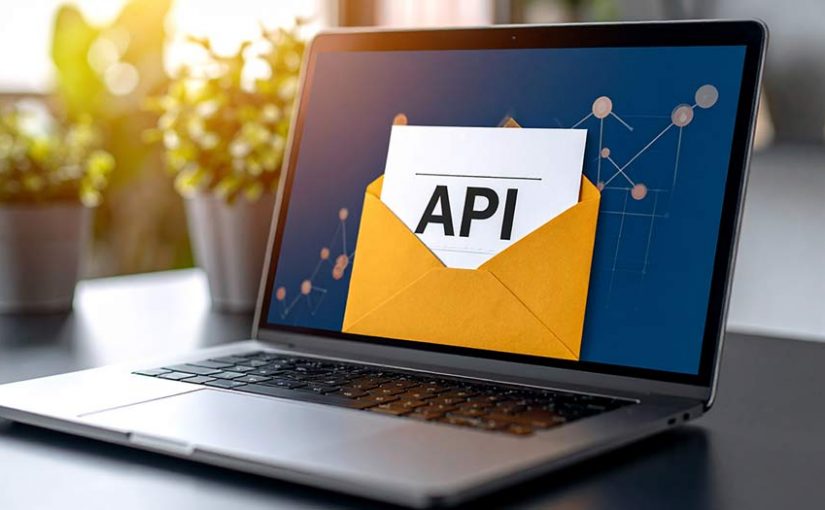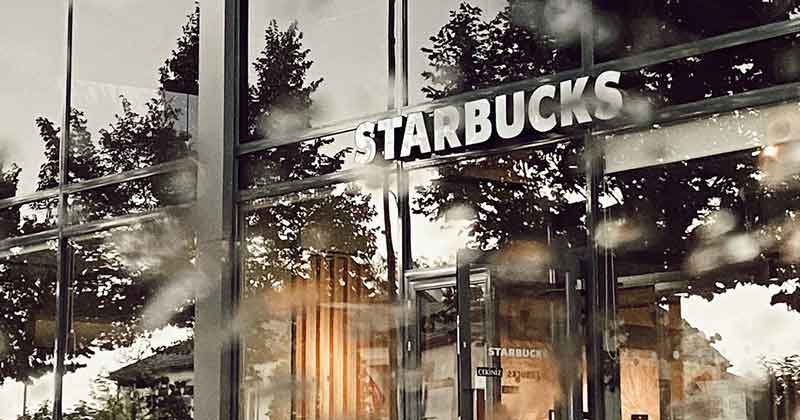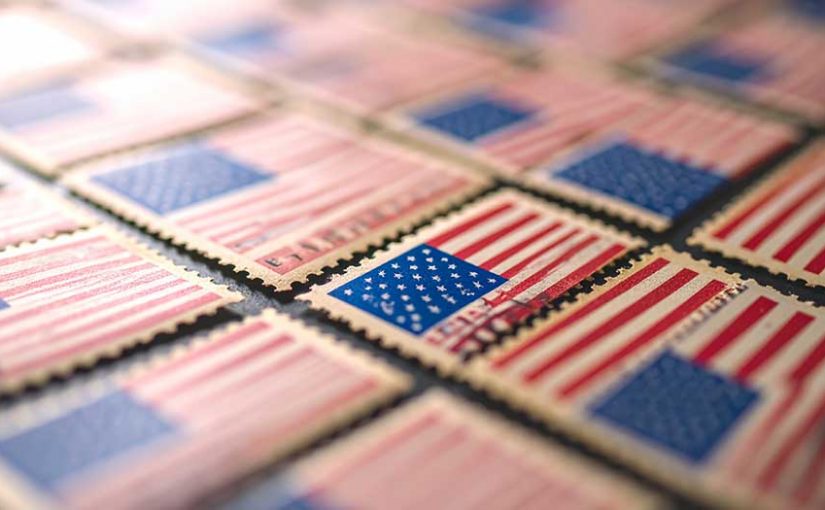Let’s talk about tasks that take more time than creating a job on LetterStream, because if you didn’t already know, it only takes two minutes or less to send business-critical mail through LetterStream (after you’ve sent a job or two and learned the process).
What Can You Do in 2 Minutes?
You can microwave a burrito.
You can scroll through three LinkedIn posts.
You can watch your email load (again).
Or—you can send a complete, trackable, business-critical mailing job with LetterStream.
Seriously. Two minutes or less.
And once you realize how fast it is to send real mail online, everything else starts to feel… slow.
Let’s put it in perspective.
Here’s What Takes More Than 2 Minutes (Spoiler: Most Things)
Let’s start by talking about some tasks that take more than two minutes. We’re not trying to rush your life—but it’s eye-opening how many small things eat up your day while your mail could be handled in the background.
- Making and drinking a cup of coffee or tea
- Taking a shower
- Preparing a quick breakfast (e.g., eggs, toast, smoothie)
- Brushing teeth and flossing
- Checking and responding to a few emails
- Folding a small load of laundry
- Tidying up a room (clearing dishes, fluffing pillows, quick vacuum)
- Doing a short meditation or breathing exercise
- Watering indoor or outdoor plants
- Loading or unloading the dishwasher
Now, let’s go over some of your work tasks when it comes to sending business-critical mail:
Filing one piece of paper in a filing cabinet:
3 minutes (if you can find the right drawer)
Walking to the office printer and printing a job:
2–4 minutes (depending on if it jammed again)
Refilling the paper tray:
2–5 minutes (with a small paper cut bonus)
Waiting in line at the post office:
Minimum 15–20 minutes (on a good day)
Searching for that one return receipt you lost:
Good luck. That’s all we have to say on that one.
Sending a job through LetterStream?
Under 2 minutes, start to finish. From uploading the PDF to clicking “Submit Job,” you’re in and out.
Why Does This Matter? Because Time Is Expensive.
Let’s say your team sends 100 Certified letters a month.
If you’re spending 5 minutes per letter between printing, stuffing, form filling, and tracking… that’s 8+ hours of work. A whole workday—gone.
Even if you only save a couple of minutes per task, those savings stack up fast.
With LetterStream, you just upload your files, choose your settings (First-Class, Certified Mail, FedEx 2Day—your call), and we handle the rest.
You get the mail out fast—without sacrificing accuracy, tracking, or visibility.
Real Mail, Sent Smarter
This isn’t a marketing gimmick. Most customers are blown away by how fast it is to send mail once they create a free LetterStream account and get familiar with the process by sending a job or two.
- You log in.
- Upload your document.
- Pick your options.
- Hit send.
- Done.
It really is that simple, and if it takes longer than 2 minutes, you probably stopped to grab coffee halfway through.
What About Accuracy? You Can Have Both.
Fast doesn’t mean sloppy. In fact, most errors in manual mail processes happen because people are trying to go too fast—rushing to get envelopes out the door.
LetterStream flips that. You move quickly because the system is designed for speed and accuracy.
“The Stream” ensures every job is barcoded, validated, and trackable—from upload to delivery.
Teams Who’ve Traded Chaos for Two-Minute Jobs
We see it every day:
- HOA managers who send annual meeting notices without sorting resident lists
- Law firms mailing Certified Mail for court deadlines—without stepping into a post office
- Finance departments automating late notices weekly, all before lunch
- Healthcare admins sending HIPAA letters and compliance mail with zero manual prep
Once they realize they don’t have to spend hours on mail… they never go back.
If You Have 2 Minutes, You Have Time to Send Mail
Seriously—next time you go to:
- Reheat your coffee
- Respond to a Slack message
- Wait for your inbox to refresh
- Load one spreadsheet
- Unjam the copier (again)
…ask yourself: could I be using this moment to knock out a full mailing job instead?
Because with LetterStream, you probably could. Create a free LetterStream account here to send mail online in under 2 minutes or less!
LetterStream offers bulk printing and mailing services allowing companies to send physical mail online. Whether it’s online Certified Mail, First-Class Mail, FedEx 2Day, or postcards, we give both small businesses and large corporations that time and freedom back to work on tasks that better serve the company. If you’re interested in creating a free account, you can do so, here.


